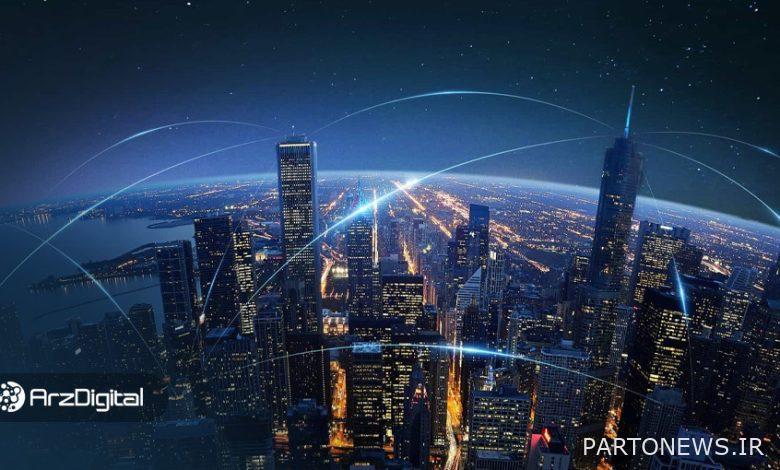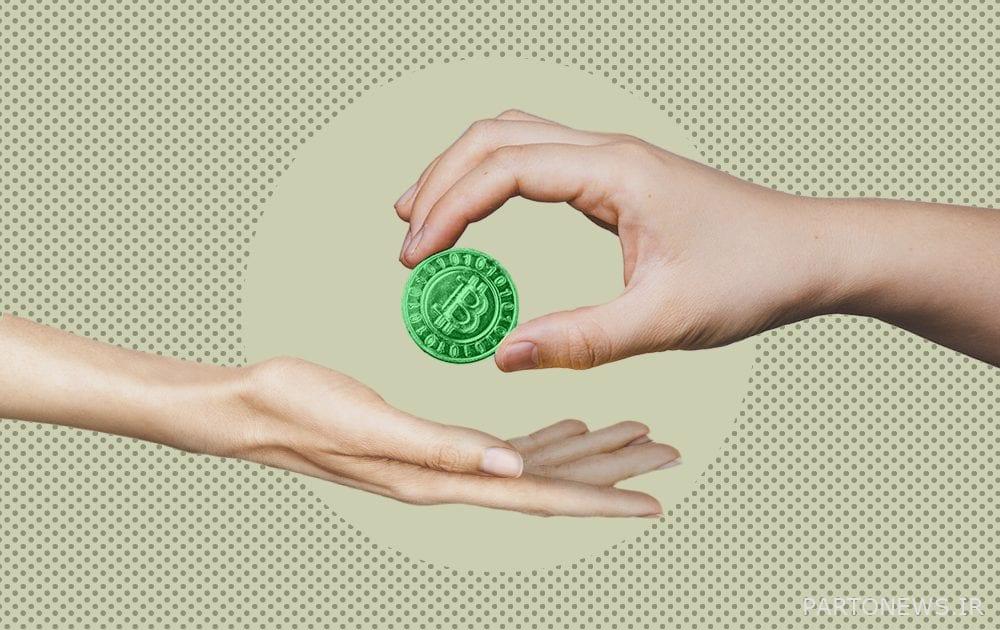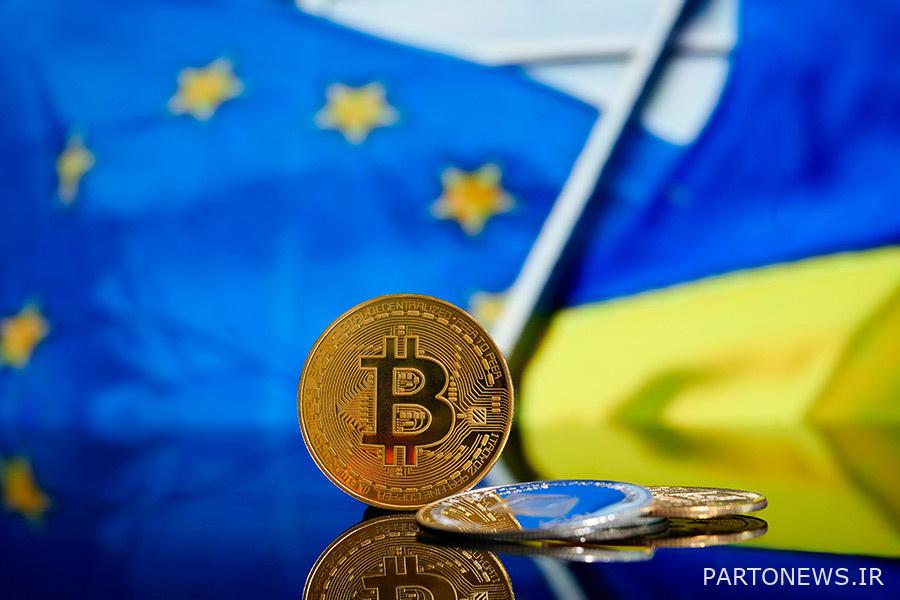How do governments use blockchain?

Governments are using blockchain not only for basic services like authentication and voting, but also as a framework for economic growth. All governments are obliged to provide fair and efficient services to the people. Unfortunately, providing transparency and reliability often leads to a decrease in the efficiency and effectiveness of the product or service, and vice versa. Hence, governments are usually forced to improve one at the expense of the other.
Sometimes, technology helps governments improve quality and efficiency. In this article to help an article Written from the Cointelegraph website, we will examine the use of blockchain technology by governments and the application of blockchain in economic infrastructure.
Changing the method of recording paper documents to a computer database was one of the technologies that helped governments to speed up and make things more accurate. The Internet was another one of them, and even now blockchain is considered an important technology and development for governments. Blockchain, like the Internet, not only improves the way people interact with government services; But it will also have extensive economic and social effects on societies.
How can the government use blockchain?
As we said, blockchain will have wide and varied effects on government services. In the following, we examine some promising examples of these effects.
identity
User identity forms the cornerstone of interaction with government services; But the current systems have problems for various reasons. Let’s examine two examples of these problems:
1. User authentication requires extensive and expensive infrastructure. While developed countries are reaping the benefits of having strong authentication capabilities, many developing countries are still struggling to provide strong authentication. The World Bank estimates that approximately one billion people in the world still do not have official identification documents.
2. Current identity systems are not secure. For example, India’s biometric authentication system, known as Aadhaar, is vulnerable to a wide range of frauds, including for land transfers, passports, loans and voting.
The advantages of blockchain are significantly effective in reducing the weaknesses of the mentioned systems. Blockchain’s decentralized design makes it much less expensive to set up and coordinate than centralized systems, and its third-party-free nature makes it more secure.
Product purchase cycle

In 2013, government procurement and the cycle of purchasing goods in the government accounted for 29% of its public expenses in the member countries of the Organization for Economic Cooperation and Development (OECD). Injustice and lack of transparency in the procurement cycle open the way for corruption. The OECD estimates that up to a third of public investment funds in construction projects may be lost to corruption in this cycle.
Blockchain-based methods and infrastructure affect almost every aspect of the product purchasing cycle. The aforementioned technology brings about major reforms in the field of transparency and stakeholder participation. This pilot project concluded that, despite the difficulties, blockchain-based e-procurement systems offer unique advantages in terms of procedural transparency and permanent recording of statuses and honest disclosure.
voting
Despite the advent of the digital age, paper ballots are still the most common method of voting. This process is understandable considering the importance of elections in democratic countries; But paper-based systems still face problems related to cost, time, and integration.
Replacing paper ballots with a system known as Direct Recording Electronic Voting Machines (DREs) has met with half-hearted success. Brazil introduced DRE in 1996; But security concerns still exist. DRE in America started in 2001; However, its progress and acceptance are still declining due to the occurrence of incidents in DRE systems.
As a newer technology, blockchain is not yet ready to replace current voting systems; But for now, it can augment existing systems. For example, one technology company in collaboration with the University of Indonesia developed a blockchain-based authentication system to ensure the security of Indonesia’s paper election results in April 2019. This project was able to report 25 million votes a few hours after polling stations closed. On the other hand, the official results of the paper voting were made public after weeks.
Applications Beyond government services
Governments experimenting with blockchain are beginning to consider it as essential infrastructure. They have just realized that having blockchain infrastructure is very important in economic activities. Governments are eager to have a say in the development of standards that will eventually be adopted at global levels. China and the European Union are the two world leaders in this field and both are developing innovative measures in the field of blockchain.
china
China’s leadership has been very active in supporting blockchain initiatives. In December 2016 and in the 13th five-year plan of this country, blockchain was mentioned as a technology of strategic importance along with artificial intelligence. Dozens of local governments have implemented pilot projects using the technology for applications ranging from smart cities to environmental protection. In October 2019, China tested its nationwide Blockchain Service Network (BSN). This network, known as the Internet Blockchain, was officially launched in April 2020.
BSN is becoming the largest blockchain ecosystem in the world due to its scalability and strength of supporters. In China, BSN is likely to form an infrastructure to improve coordination between businesses and the public sector. Needless to say, even at the international level, the attention towards BSN is very high.
There is concern that the Chinese government could potentially monitor BSN; But organizations seeking closer access and integration with Chinese business may overlook this concern. Also, the fear of China’s influence may exceed the motivation to use this network; Organizations may turn to other networks, especially if global infrastructure is available as a viable alternative.
European Union

The European Union’s efforts to support blockchain-related initiatives have been similar to those employed in China. It goes without saying that these efforts in the European Union are progressing on a smaller scale and at a slower pace compared to China. The EU Blockchain Forum and Oversight Center was formed in February 2018, leading to the formation of the European Blockchain Partnership (EBP). In 2019, EPB launched the European Blockchain Services Infrastructure (EBSI). This infrastructure was actually a network of nodes distributed across Europe.
EBSI has seven specific applications in the development of government services. The International Association of Intermediary-Free Blockchain Applications (INATBA) was formed to promote public-private collaboration. The forum brings together suppliers and users of blockchain-based applications with representatives of government agencies and standards-setting bodies from around the world.
Europe’s achievements in supporting and encouraging the adoption of blockchain compared to China’s BSN are on a smaller scale and still at an early stage of development; But their commitment to freedom, transparency, and comprehensiveness means that international organizations are likely to show more willingness to develop programs within this framework.
Conclusion
Blockchain technology has more or less established its position as a basic infrastructure for forward-thinking governments. This technology has reached the highest level of national strategic importance, and the efforts of China and Europe to build blockchain infrastructure are proof of this. The reality is that it is impossible to predict exactly how the global blockchain infrastructure will shape up; But the certain thing is that said technology is progressing.

